
29 January - 5 June 2022


29 January - 5 June 2022
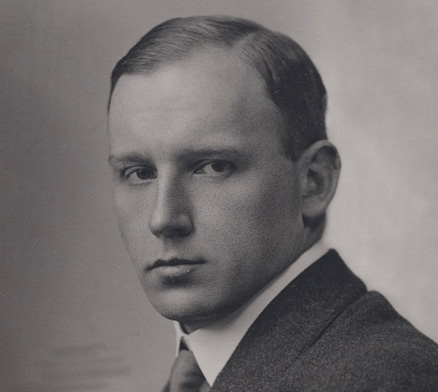
In the summer of 1888, after painting the memorable series of wheat fields in the plains of La Crau and around Montmajour Abbey near Arles, Vincent van Gogh produced a small work entitled The Painter on the Road to Tarascon. Preserved in the Kaiser Friedrich Museum, this small painting was destroyed during allied bombing of Magdeburg at the end of World War II. Van Gogh himself can be seen in the painting, walking in the sunshine on his way to his daily work in the countryside. The road is dashed with blobs of color and the wayfarer’s shadow is cast threateningly on the road, like the head of a hawk clutching its prey. The blue of his clothes is a little darker than the light blue sky, while he has set himself exactly midway between two trees, drawn Japanese-like within the vastness of the same sky.
He carries his easel on his back, palette and paints in his right hand, and a canvas under his left arm, together with a very thin stick. Beneath his wide-brimmed straw hat as yellow as wheat, his eyes flash, their blue fading into the greenery.
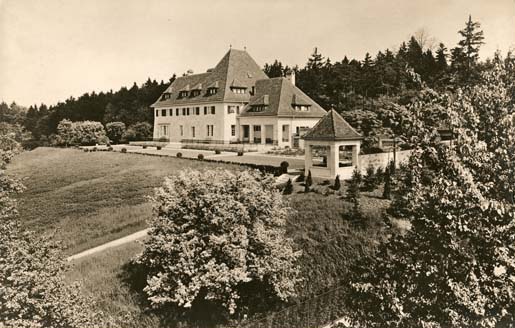
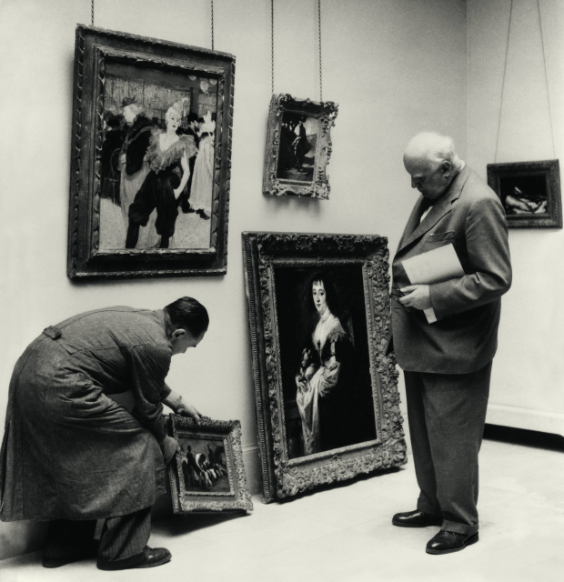
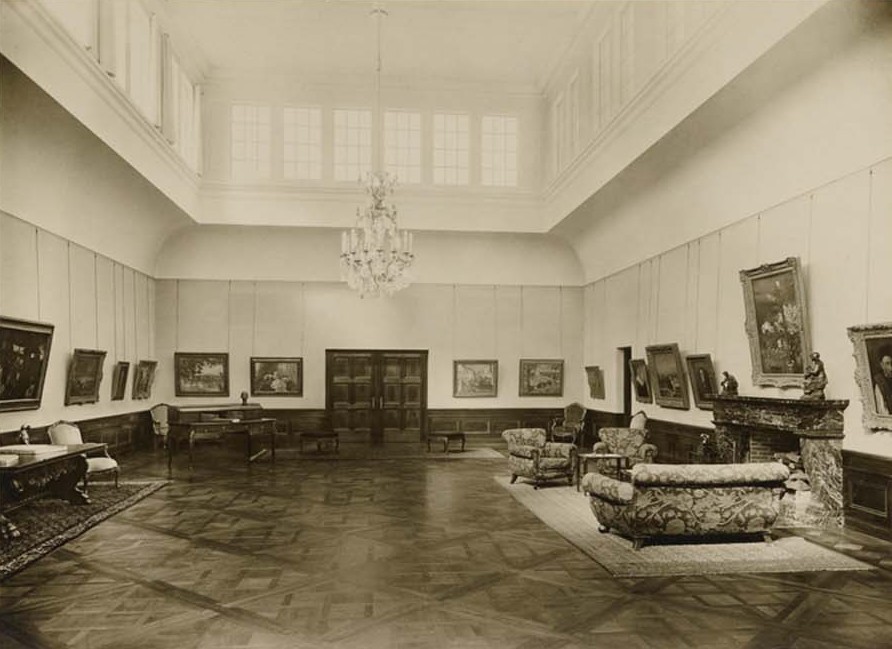
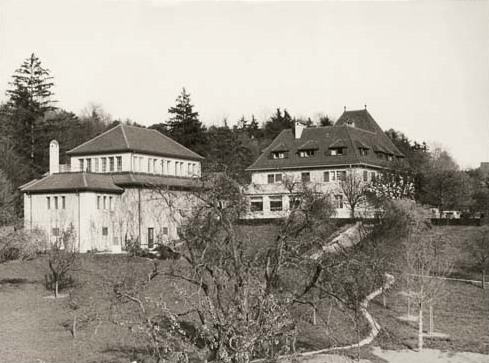
exhibition curated by
Marco Goldin
Padua, Centro San Gaetano
10 October 2020 – 11 April 2021